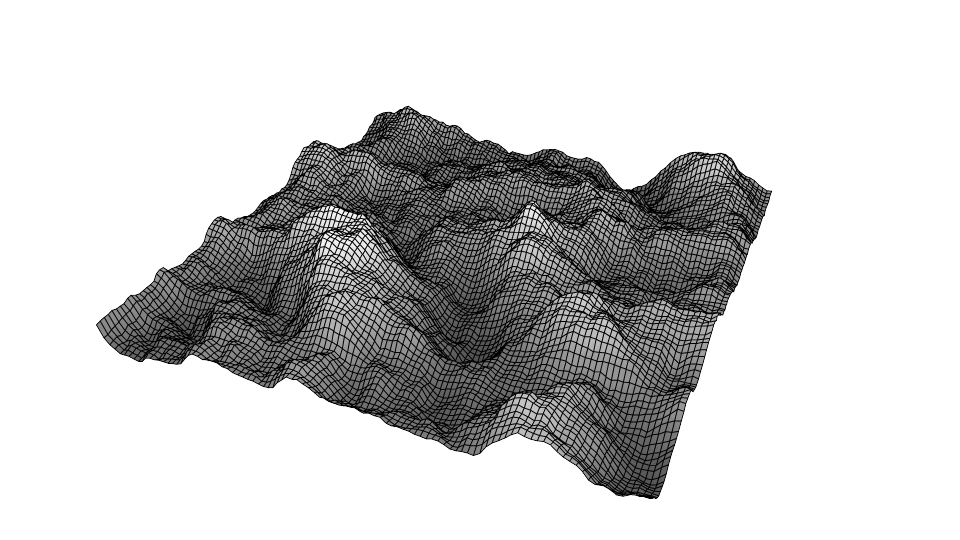Randomness vs. Noise: Unraveling the Unpredictable#
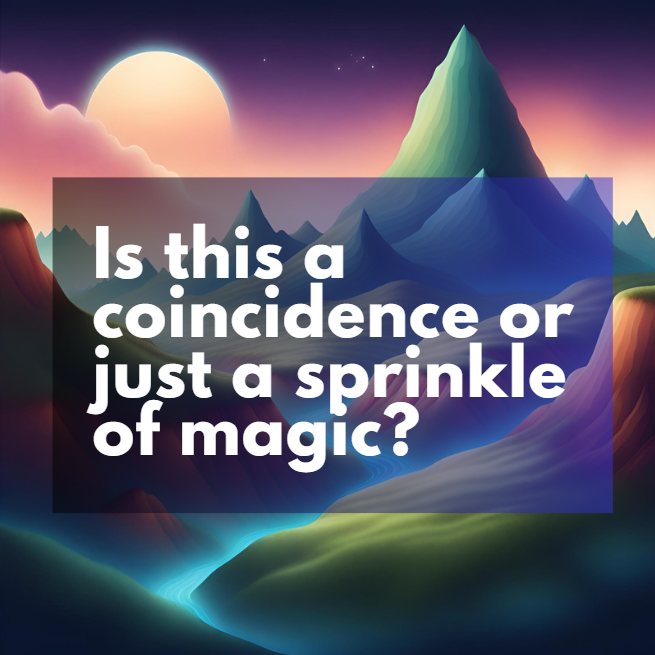
Alright, let’s embark on a journey to unravel the differences between two interesting concepts — randomness and noise. Picture this: on one side, there’s the wild and unpredictable world of randomness, like flipping a coin and not knowing which side it’ll land on. On the other side, there’s noise — a bit more like the background chatter in a bustling cafe, a mix of sounds without a clear pattern.
As we venture into this exploration, we’ll dig into the unique aspects that set randomness and noise apart. Join me in navigating through the spontaneous surprises of randomness and the lively, yet somewhat chaotic, nature of noise. It’s like comparing the unexpected twists of a thrilling story with the ambient sounds that make up the soundtrack of our lives. So, are you ready to dive into the intriguing world of random vs. noise? Let’s go!
Random#
Think of randomness as the spice of unpredictability. It’s like a box of assorted chocolates where you never quite know what you’re going to get. In the world of randomness, things happen without a clear pattern or reason. It’s the roll of a dice, the shuffle of a deck of cards, or the surprise in a grab bag. Imagine a world where events unfold without a particular order, keeping us on our toes and adding an element of surprise to the otherwise expected. That’s randomness in action — the unpredictable twist in the tale of life.
In Computers#
Computers are like super-organized chefs — they follow specific recipes (or rules) to cook up results based on what you give them. Now, the tricky part is, computers are so organized that they can’t truly cook up something random all by themselves. But fear not! Here comes the superhero — pseudorandom number generators (PRNGs).
Think of PRNGs as clever helpers armed with mathematical tricks. They take a starting point (we call it a seed) and, using fancy math, transform it into a series of numbers that seems all jumbled up and random. However, there’s a catch — it’s not real randomness. It’s like a magic show — looks random, but it follows a secret plan.
The thing about these magic tricks is, if you know the starting point and the math trick (the algorithm), you can repeat the exact same series of “random” numbers. Despite this predictability, we use these tricks in important stuff like keeping secrets safe (cryptography), playing video games, and creating realistic simulations. It’s like adding a dash of chaos to the otherwise super-organized world of computers.
But here’s the catch — PRNGs, our digital helpers, aren’t flawless. They come with some limitations and weak points that can mess with their quality and security. Imagine this: after cooking up a certain number of random-looking things, PRNGs hit a limit and start repeating themselves. It’s like a song on repeat — not very exciting.
And here’s another thing — they’re a bit like open books. If you know enough about how they work inside or their secret math tricks (the algorithm), you can figure out what they did before and predict what they’ll do next. This predictability isn’t great when you need top-notch randomness.
So, when it comes to tasks that demand really high-quality or super-secure randomness, PRNGs might not be the best pick. It’s like having a superhero with a cool costume but a few too many quirks. In those cases, we might need to turn to other, more advanced methods for our dose of randomness.
let’s talk about the cool ways we put randomness to work!
-
Secure Passwords: Ever wonder how your computer generates those super-strong passwords? It’s thanks to randomness. By using random combinations of letters, numbers, and symbols, we create passwords that are tough for others to guess.
-
Gaming Excitement: Think about your favorite video game. The unpredictability of enemy movements, item drops, or even the outcome of a dice roll in a board game — all these thrilling moments often involve randomness. It keeps the game exciting and unpredictable every time you play.
-
Simulating Reality: Whether it’s designing a virtual world, predicting the weather, or simulating the behavior of molecules in a scientific experiment, randomness plays a key role. It helps recreate the unpredictable aspects of the real world in digital simulations.
-
Artistic Creativity: Randomness is a muse for artists and creators. In digital art or music, random elements can be used to introduce variation and surprise, leading to unique and unexpected creations.
-
Decision Making: Ever used a random generator to make a decision, like choosing what movie to watch or where to go for dinner? Randomness can be a fun and impartial way to break the deadlock when faced with choices.
-
Cryptographic Security: In the world of online security, randomness is a superhero. Randomly generated numbers are crucial for creating encryption keys, ensuring that the digital communication between you and, say, your bank, remains secure.


Wanna play around , here are links
https://editor.p5js.org/EV-OD/sketches/hBrSfvgql
https://editor.p5js.org/EV-OD/sketches/T6NQmRyvD
Smooth Noise: Unpredictable Elegance in Digital Landscapes#
In the digital realm, there exists a captivating phenomenon known as “smooth noise.” Picture it as the subtle dance of unpredictability, a digital brushstroke that brings elegance to the virtual canvas. Unlike disruptive interference, this form of noise is a graceful, continuous variation that adds a touch of natural beauty to the digital landscapes we encounter.
How Smooth Noise Works:
Smooth noise is like a sophisticated ballet of randomness. When digital artists or game designers want to create landscapes with a sense of natural flow — rolling hills, gentle waves, or even the organic textures of a forest floor — they turn to smooth noise. It’s the secret ingredient that introduces unpredictable yet seamlessly transitioning patterns, giving a sense of authenticity to the digital world.
In Everyday Terms:
Imagine exploring a video game where the terrain isn’t just a series of jagged edges but flows like a serene river. Smooth noise is responsible for this magic, creating an environment that feels dynamic and realistic. It’s like the artist’s palette knife smoothing out the edges, ensuring that unpredictability unfolds with a touch of grace.
Smooth Noise Beyond Screens:
This concept isn’t confined to digital realms alone. In nature, we see smooth noise in the graceful movement of leaves in the wind or the gentle ebb and flow of ocean waves. It’s a reminder that unpredictability doesn’t always have to be chaotic; it can unfold with elegance and smooth variability.
So, next time you encounter a beautifully textured landscape in a game or a visually captivating digital scene, know that the magic of smooth noise is at play, adding an element of unpredictability with a touch of artistic grace.
Perlin Noise: Smooth Nature Vibes
Think of Perlin noise as a digital artist’s brush that creates smooth, natural-looking patterns. It’s the reason why game landscapes have rolling hills and flowing water that looks so realistic.
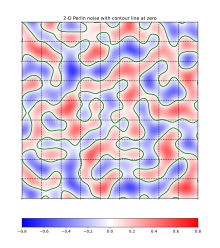
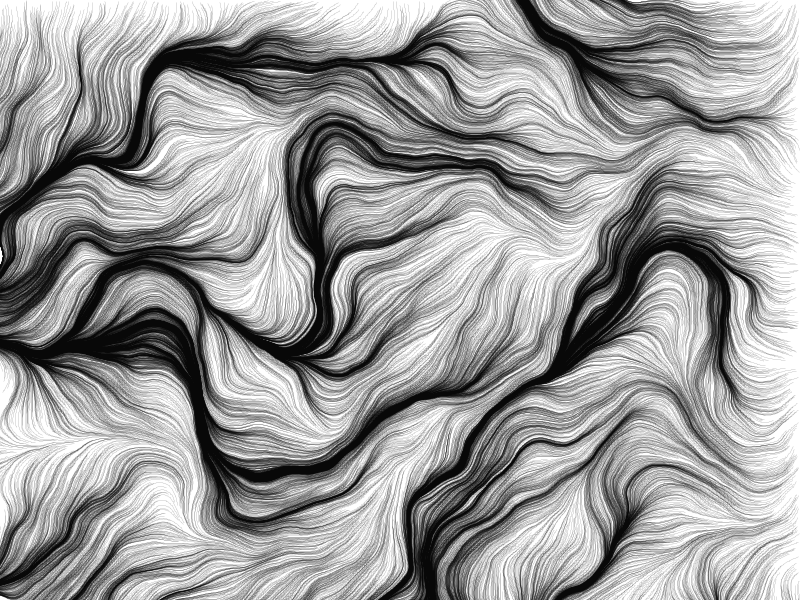
Fractal Noise: Nature’s Infinite Patterns
Fractal noise mimics the complex patterns you see in nature, like the detailed texture on a tree bark or the randomness in a mountain range. It’s like a digital tool that adds depth and richness to surfaces.
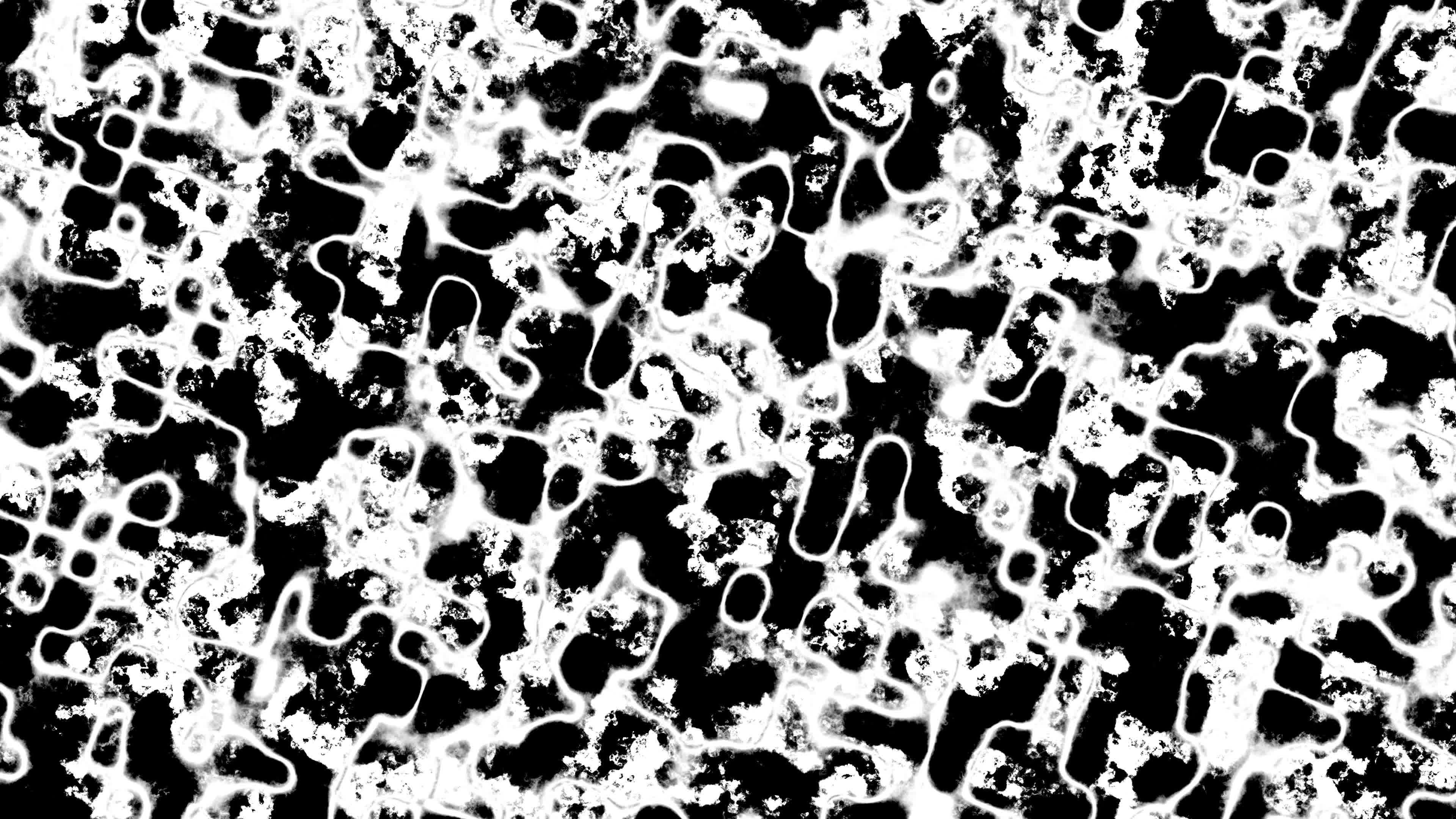
Simplex Noise: Smooth and Speedy
Simplex noise is like Perlin’s faster and more efficient cousin. It keeps things smooth but works quicker, making it handy for things like video games where speed matters.

Worley Noise (Cellular Noise): Dividing Space into Patches
Worley noise divides space into different patches, like territories on a map. It’s useful for creating textures with clear borders, like the distinct sections on a giraffe’s skin.
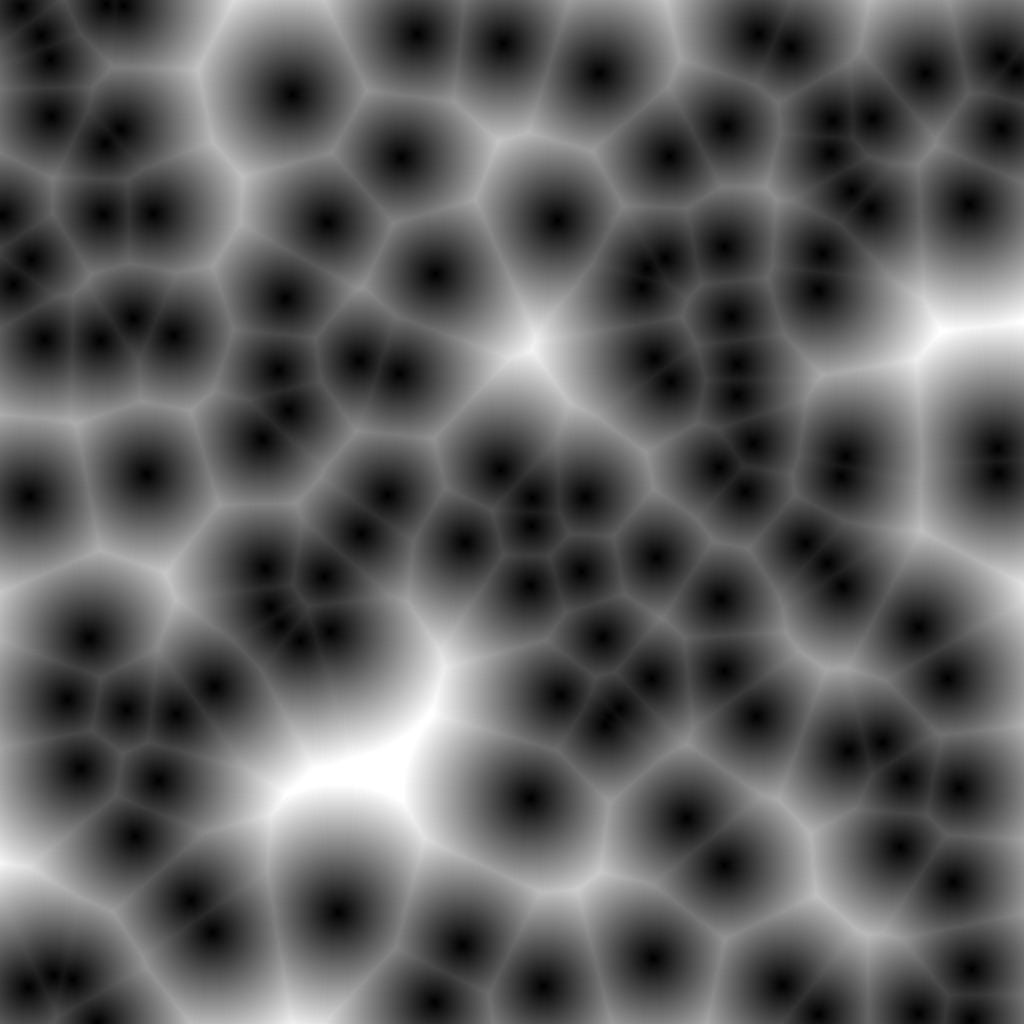
Value Noise: Simple Randomness
Value noise is the most basic. It randomly assigns values to different points, creating a simple pattern. It’s like the starter pack of noise — straightforward but still useful.

Where You See Them:
These types of noise are like the magic behind realistic digital worlds. When you see a game with lifelike landscapes or animations that mimic nature, it’s likely that one of these noise types is at work. They’re the tools that help digital artists and designers bring a touch of randomness and beauty to the virtual scenes we enjoy.
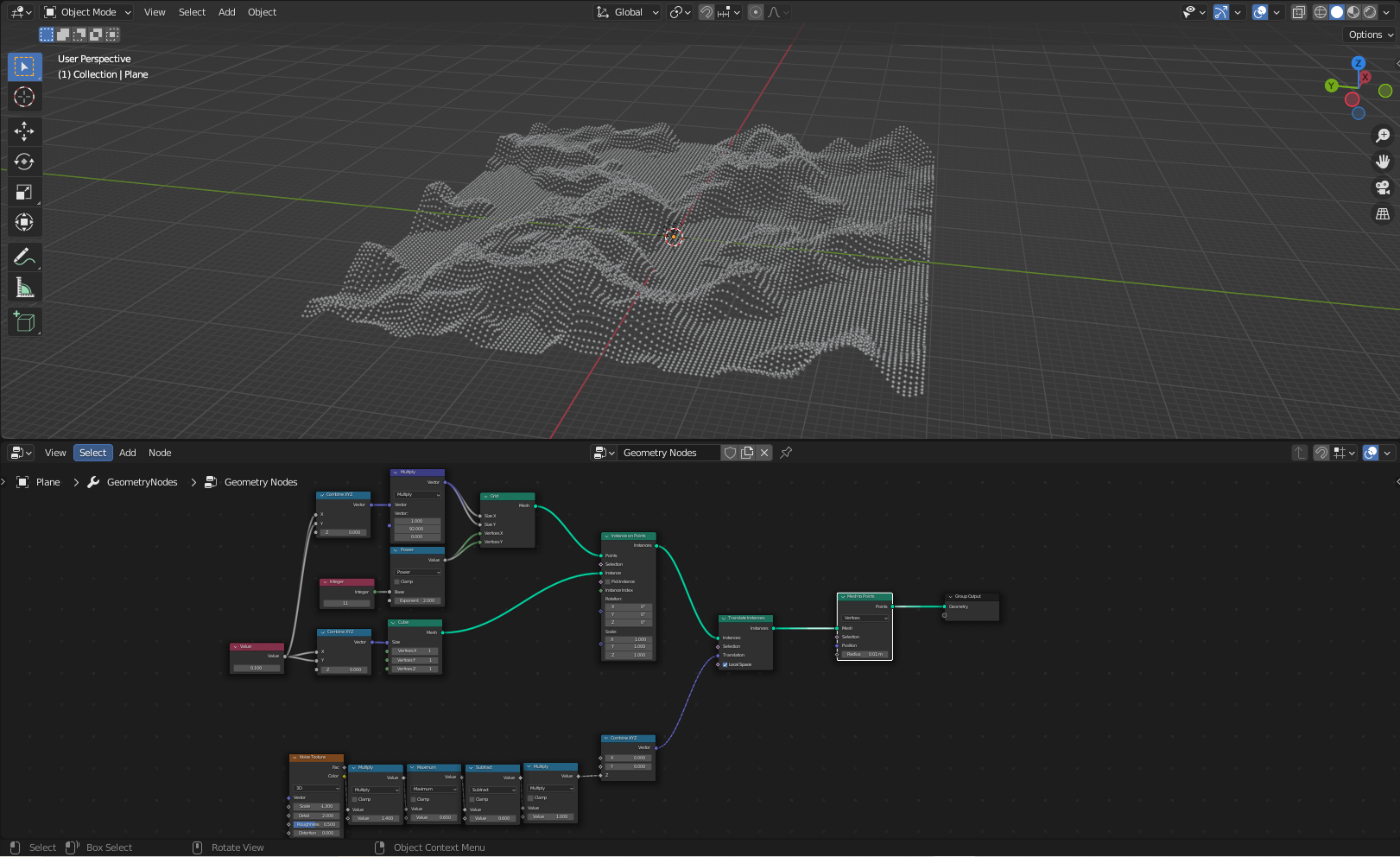
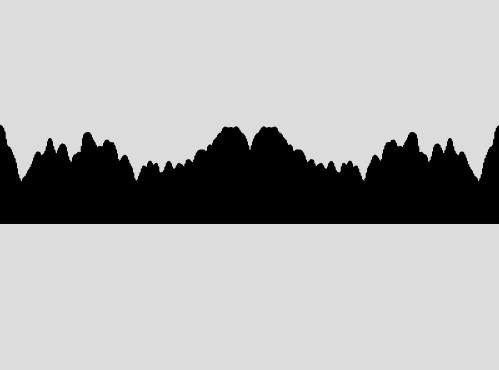

Wanna play around, here are
https://editor.p5js.org/EV-OD/sketches/2RVSQRZBF
https://editor.p5js.org/codingtrain/sketches/OPYPc4ueq
Other Resources#
Highly Recommended: https://natureofcode.com/
Perlin, K. (1985). An Image Synthesizer. ACM SIGGRAPH Computer Graphics, 19(3), 287–296.
Ken Perlin’s original paper on Perlin noise, which introduced the concept and its applications in computer graphics.
OpenSimplex Noise
- For information on OpenSimplex noise, you can explore Kurt Spencer’s GitHub repository: https://github.com/KdotJPG/OpenSimplex2
LibNoise
- LibNoise is a popular library for generating coherent noise. You can find more information and documentation here: http://libnoise.sourceforge.net/ Perlin noise - Wikipedia *From Wikipedia, the free encyclopedia Perlin noise is a type of gradient noise developed by Ken Perlin in 1983. It has…*en.wikipedia.org Randomness - Wikipedia *In common usage, randomness is the apparent or actual lack of definite pattern or predictability in information. A…*en.wikipedia.org Pseudorandom number generator - Wikipedia *A pseudorandom number generator ( PRNG), also known as a deterministic random bit generator ( DRBG), is an algorithm…*en.wikipedia.org
If you have any queries, feel free to contact us on https://discord.gg/RDU62RrFe3

